The Gift of South Dakota
Subscriptions to South Dakota Magazine make great gifts!
Subscribe today — 1 year (6 issues) is just $29!
Rock Solid Faith
Apr 9, 2015
During the last two years I have sought out as many South Dakota country churches as I can find. Over the course of my wanderings, three unique and historic church buildings made entirely of stone have captured my imagination. I wanted to show them partly because we just celebrated Holy Week, which for many South Dakotans means an extra emphasis in the beliefs that root our faith. The other reason is to remember the hard work and strong community ties that went into constructing and maintaining these buildings.
Photographing these churches presents a challenge. I always want to capture them in the most beautiful light or weather possible, but more importantly I want to both respect and convey the significance of these places. Often I am literally treading on holy ground. I was surprised to find each church in this column unlocked and open to the public, with only small signs reminding to close the door when leaving or simply asking to sign the guestbook. That is South Dakota at its best.
The oldest stone church I visited was Historic Lakeport Church and St. John the Baptist Cemetery in Yankton County. This building was started in 1882 and finished in 1884, constructed from chalkstone quarried from the Missouri River cliffs south of the church site. Regular services are no longer held, but I did learn that Mass is still held once a year followed by a potluck. Lakeport is also affectionately known as “the smiling church,” nicknamed because its front windows and door form the image of wide eyes and a grin.
Chapel of the Holy Spirit, found roughly 3 miles south of the Grand River in rural Corson County, is a church I knew as a kid growing up in Isabel. I had a friend that would attend from time to time and he just referred to it as the “old stone church.” It wasn’t until I was in college that I actually got out to see it. The chapel was built in 1922 with stone quarried from a nearby bluff of Firesteel Creek under the direction of the Episcopalian Mission to the Standing Rock Reservation. To get there you must travel quite a few miles on gravel and then prairie dirt roads. Once at the site, it truly does feel as if you’ve taken a step back in time.
Our Savior’s Lutheran, found 6 miles south of Menno on the James River, was built with rocks found in nearby fields. Lloyd Sorlien was 8 years old when the building was finished in 1948. He clearly remembers helping gather rock in neighboring fields as well as attending services in the basement until the building was finished. Lloyd also told me how his dad had a particular skill for knowing where to hit a rock with his 10-pound mallet so it would split just the right way. He also pointed out a cross in the front of the church made from rocks brought over from Norway.
As much as I hope these grand old buildings stay standing as reminders of what once was, I’m also reminded that a church isn’t a church without the people that belong to it. That sense of community has always been strong in South Dakota in one form or another, whether religious, family or civic based. I’m hopeful that we South Dakotans continue in this grand old tradition for many years to come.
Christian Begeman grew up in Isabel and now lives in Sioux Falls. When he's not working at Midcontinent Communications he is often on the road photographing South Dakota’s prettiest spots. Follow Begeman on his blog.


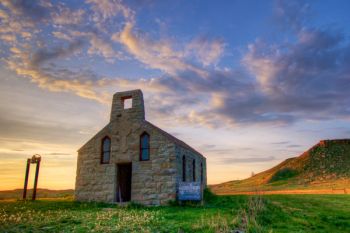
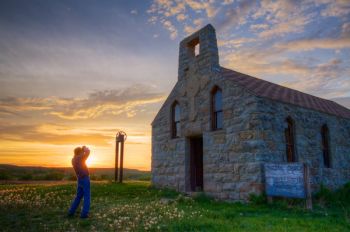

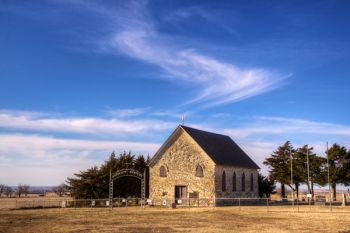
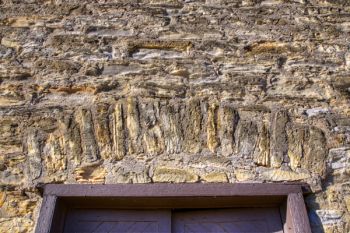
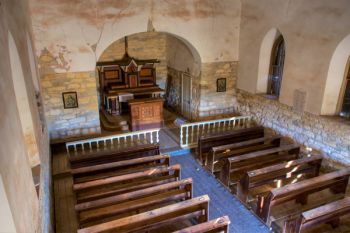
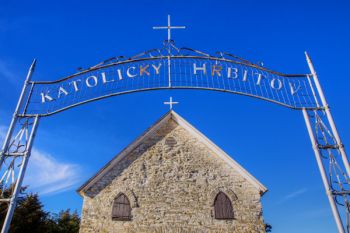
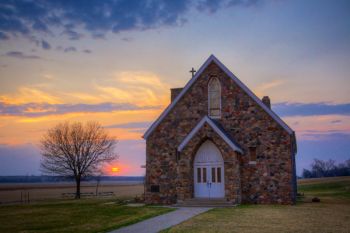
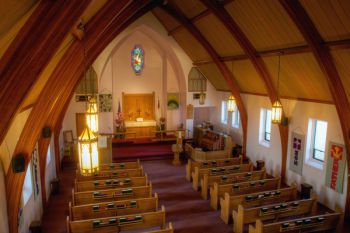
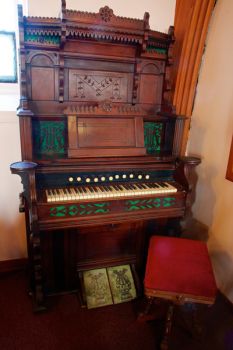
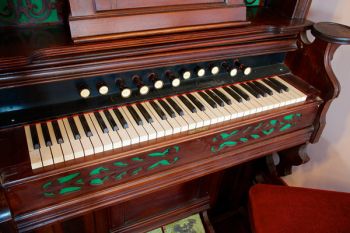
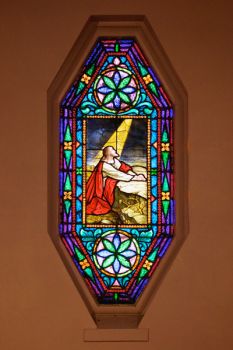
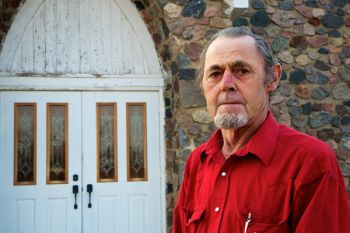
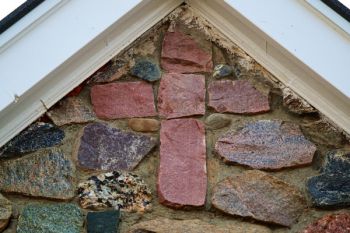
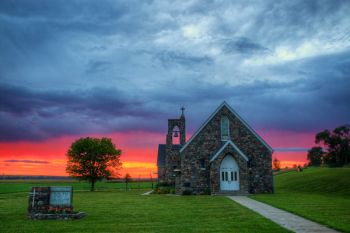
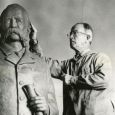
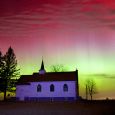
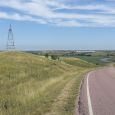
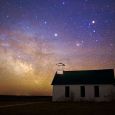



Comments
I love looking at the your beautiful photography of churches.